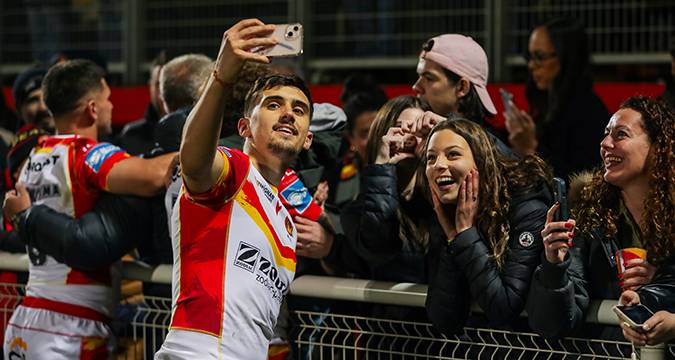 Raising awareness of rugby league in France is an uphill struggle due to a lack of funding, but clubs can still use their creativity to overcome some of the obstacles in their way.
“STOP complaining, just act!”
This is the reproach sometimes made against Treizistes in France.
Treizistes would be prisoners of the past. They would rumi
Raising awareness of rugby league in France is an uphill struggle due to a lack of funding, but clubs can still use their creativity to overcome some of the obstacles in their way.
“STOP complaining, just act!”
This is the reproach sometimes made against Treizistes in France.
Treizistes would be prisoners of the past. They would rumiTreiziste Diary: How French rugby league clubs are trying to raise awareness amid union dominance
 Raising awareness of rugby league in France is an uphill struggle due to a lack of funding, but clubs can still use their creativity to overcome some of the obstacles in their way.
“STOP complaining, just act!”
This is the reproach sometimes made against Treizistes in France.
Treizistes would be prisoners of the past. They would rumi
Raising awareness of rugby league in France is an uphill struggle due to a lack of funding, but clubs can still use their creativity to overcome some of the obstacles in their way.
“STOP complaining, just act!”
This is the reproach sometimes made against Treizistes in France.
Treizistes would be prisoners of the past. They would rumi
